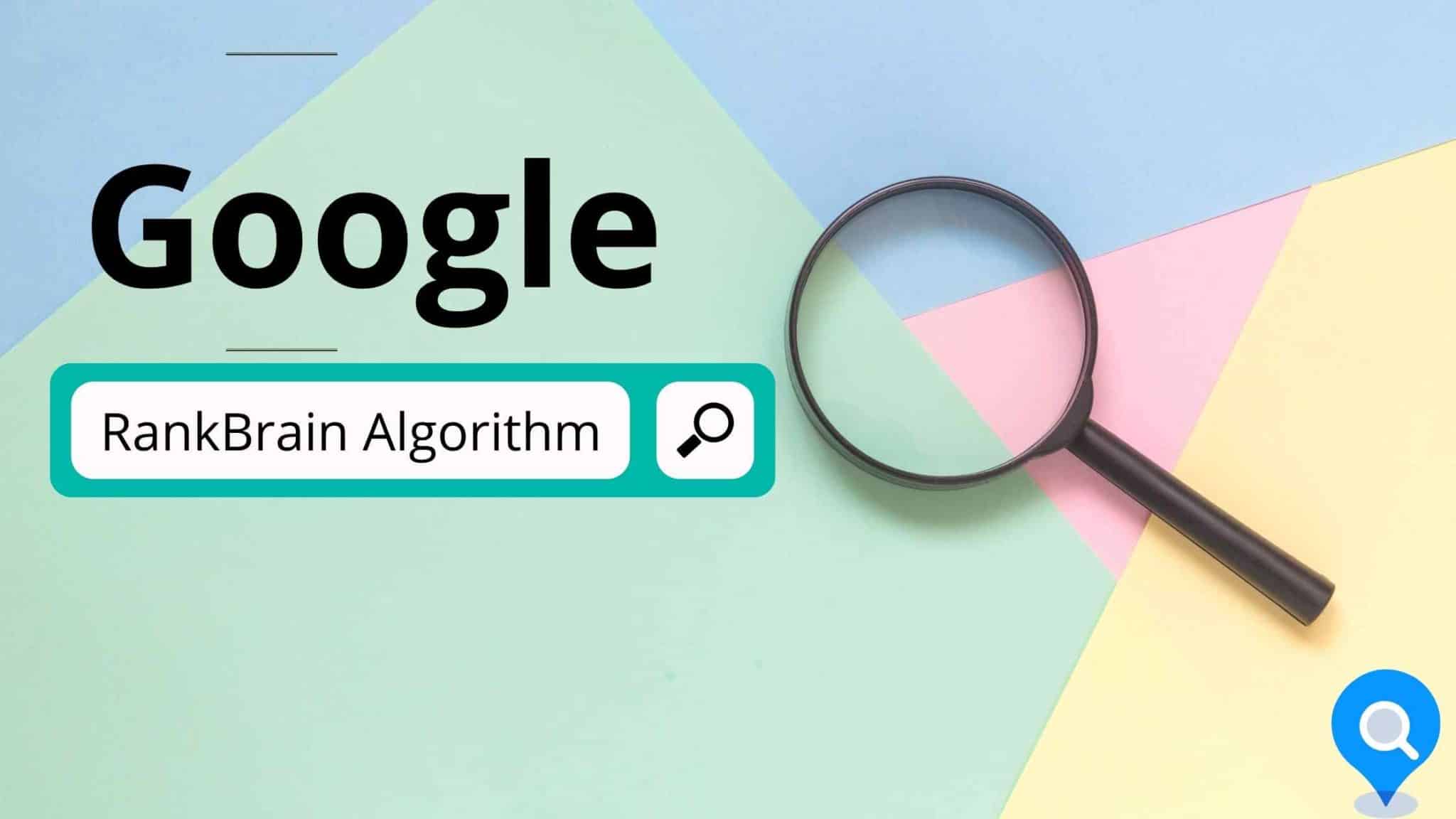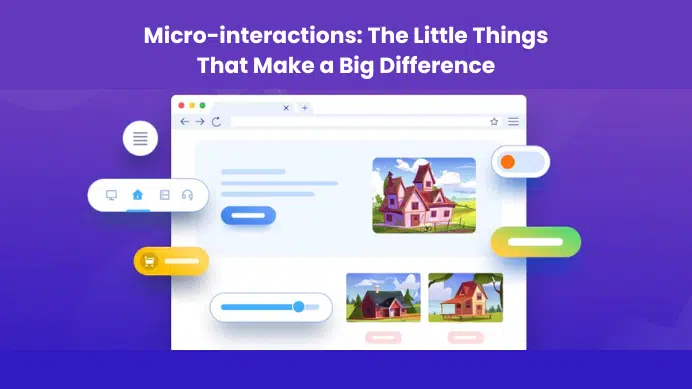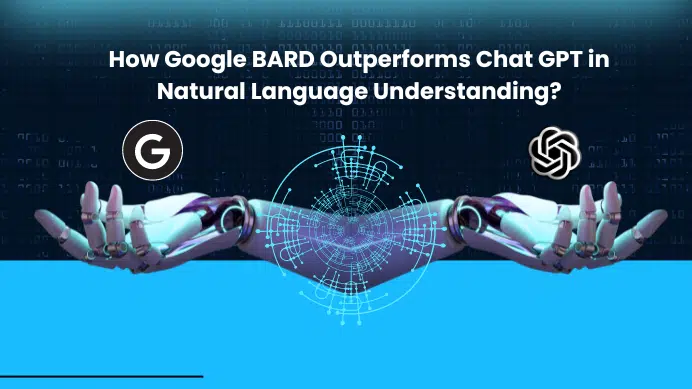What is RankBrain ?
RankBrain is a search engine algorithm based on machine learning (where a system teaches itself and improves experience without being explicitly programmed), which helps Google for better search results and also to provide more relevant search results for users within a limited time by interpreting the whole phrase/search-keyword.

Why did google introduce it ?
10-years ago, the Internet – a spam site used to manage rankings, website owners used to buy links, and SEO is actually a fair game. Therefore by 2011, Google realized to come up with a new idea of related search results with quality should come first. For this, with the help of Panda (2011) and Penguin (2011) updates, search engines started a white-hat SEO revolution by penalizing and down-ranking unreliable sites. Just after ranking began on the top positions of more or fewer quality sites, Google set a course to improve relevance.
Then, Google used to look for individual words within a query to find the purpose of a search, which did not always work. This is why it came with the Hummingbird Update (2013), which made a breakthrough in semantic search by combining keywords as well as their context. Yet, Search results were still far from being completely relevant, because the algorithm did not know how to process unrecognized search queries that were consistently appearing.
In fact, about 15 percent of queries every day are new to Google processes. So, in October 2015, Google launched RankBrain, which aimed to process never-before-seen queries and predict the best results for them
How does it Works & need for it?
Whenever a user types a keyword or phrase into a search engine, the mathematical formula returns the more relevant results. The difference in RankBrain’s is that it uses “vectors”, mathematical connections or relations of words and phrases.
When a user types an unfamiliar query, RankBrain uses the term vectors to produce the most likely result to match the user’s objective. RankBrain identifies patterns behind various search queries that may seem unrelated and find similarities between them. This allows the Google search engine to understand a phrase that it has never dealt with before by correlating it with phrases.
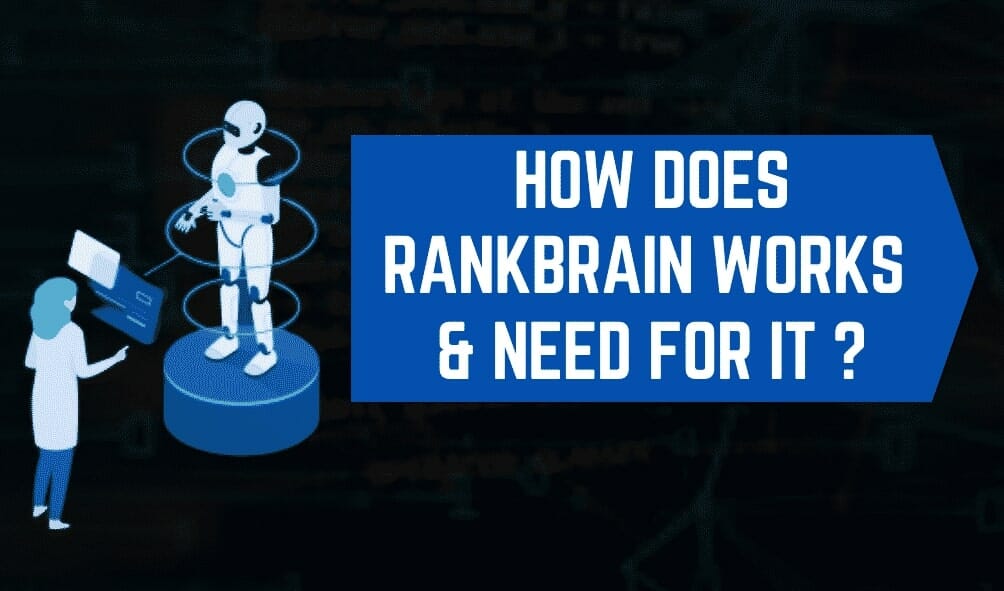
As a machine-learning system, RankBrain improves its learning process by using a database of entities (includes people, places, or things) as blocks for its algorithm. Constant seed data in the system to improve search relevance. Google users continue to interact with search engines. RankBrain continues to learn and refine their search matches. So if a user considers the results displayed for their query to be irrelevant, next time, the algorithm will show other results for this query.
How RankBrain SEO strategy works?
Google’s Quality Score algorithm rates your website based on your keywords and content context quality. As RankBrain learns from humans, you need to make sure that users click on your link. The click-through rate (CTR) is an important part of the quality score algorithm. This gives an idea of the overall user experience of the website.
A high click-through rate is critical to the success of your Rankbrain SEO strategy. A great way to achieve a high CTR is to ensure that your content is well written. You have to optimize your landing pages to increase your CTR.
This is because quality content matters to readers. As RankBrain improves the quality of search results, it also collects information about user satisfaction
Is RankBrain Still the Third Most Important Signal?
Rankbrain is a major factor of organic ranking. Also it is one of the hundreds of things that Google uses to determine search engine results. Although, Hundreds of other ranking factors come directly from Google engineers and their experiments, RankBrain is machine learning and AI technology that learns from intent queries to generate results independently.
Greg Corrado also told us that “It is the third most important signal in the search engine.” – This makes it a top factor when it comes to showing your content in organic results. If you just ignore RankBrain and the technology behind it, then you are diverting your organic ranking and traffic from organic search.
Two other ranking factors that make up the big three are your content and links. In 2016, Search Engine Land did a Q&A with Search Quality Senior Strategist Andrey Lipattsev at Google, in which they stated that content and links were the top two ranking factors.
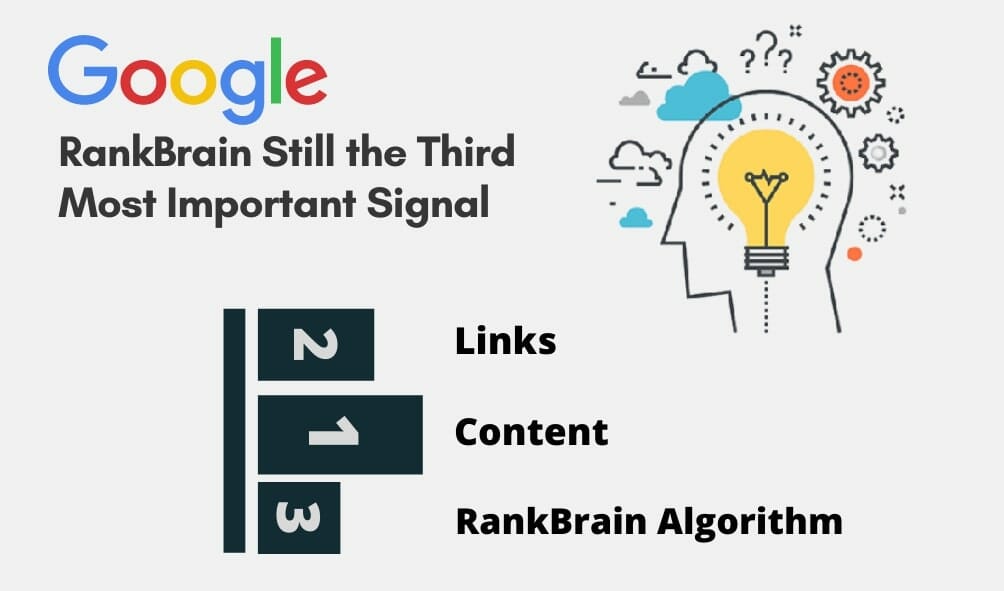
He also reiterated Greg’s statement, saying that RankBrain is third. According to SEL, there are dozens of factors in the ranking. But the top three are Content, Link and RankBrain. If you care about organic traffic then you have to care about it. Therefore you cannot ignore RankBrain.
Does Google use Rankbrain in every search?
In 2015, Google hardly filters the user search and just 15% of Google searches were fully utilized by RankBrain. In 2016, it gradually increased and now RankBrain and machine-learning tools are handling every single search query. A massive amount of search queries once done will have different results (different rankings and impact on organic traffic).
In 2016, Steven Levy said that – RankBrain “is included in every queries.” It affects rankings “maybe not in every question but in a lot of queries“. They are not very sure when it comes to our livelihood.
How to optimize your website for RankBrain?
RankBrain is forcing content marketers to rethink the way they understand the content. Instead of creating content for specific keywords, focus on the content context of the entire topics. For example, if you are writing about Full Stack Development, you are in a position to explain front-end, middle-end, and back-end developments. Optimizing RankBrain in your website is all about concerning the below list
- Make your website about what you are trying to optimize it for
- Make the main entity of your content, focus on that core topic and it should be related to your website
- Illustrate the context of your website in all meaningful ways
1. Understand your audience likes :
Try to understand your audience’s likes, what they actually want from your page? what is the content they really want to read in your blog? and what type of content they spend more time reading? For example: If you have a target audience of Engineering people, you are in a position to feed them the tech-related information, job/internship offers, sources to improve their knowledge, and so on.
2. Work on Backlinks
Content creation is not the end, to make your user spend more time on your website. Try to include related images and videos which taught them what actually the subject is, by this way they can understand the stuff more effectively. Also, you have to work on getting quality backlinks, to build your website’s reputation. To get the maximum engagement you should share your content on social media.
3. Use Medium Tail Keywords
RankBrain understands both the user search queries and what it exactly means. So, if you are searching for two different phrases with the same meaning, it gives the same search results. Create great content for that keyword and also make it relevant to solve the user’s problem.
Optimizing for medium tail keywords provides for automatic optimization for long-tail keywords in RankBrain and it is the best way to optimize for RankBrain. This also requires you to create more quality content. RankBrain knows the right search results content for the intent of the user search queries.
Create great content for your audience likes & start customization with RankBrain and it is the first step in the future of Google’s ranking factors. What is the strategy you have optimized for your website and content marketing with RankBrain?
FINAL VERDICT :
In conclusion, I hope you enjoyed reading this article on “Google’s RankBrain Algorithm”, If yes, then don’t forget to spread the word about it Click your favorite social media icon below to share this content. Signing off sowmiyavenkatesan611@gmail.com








